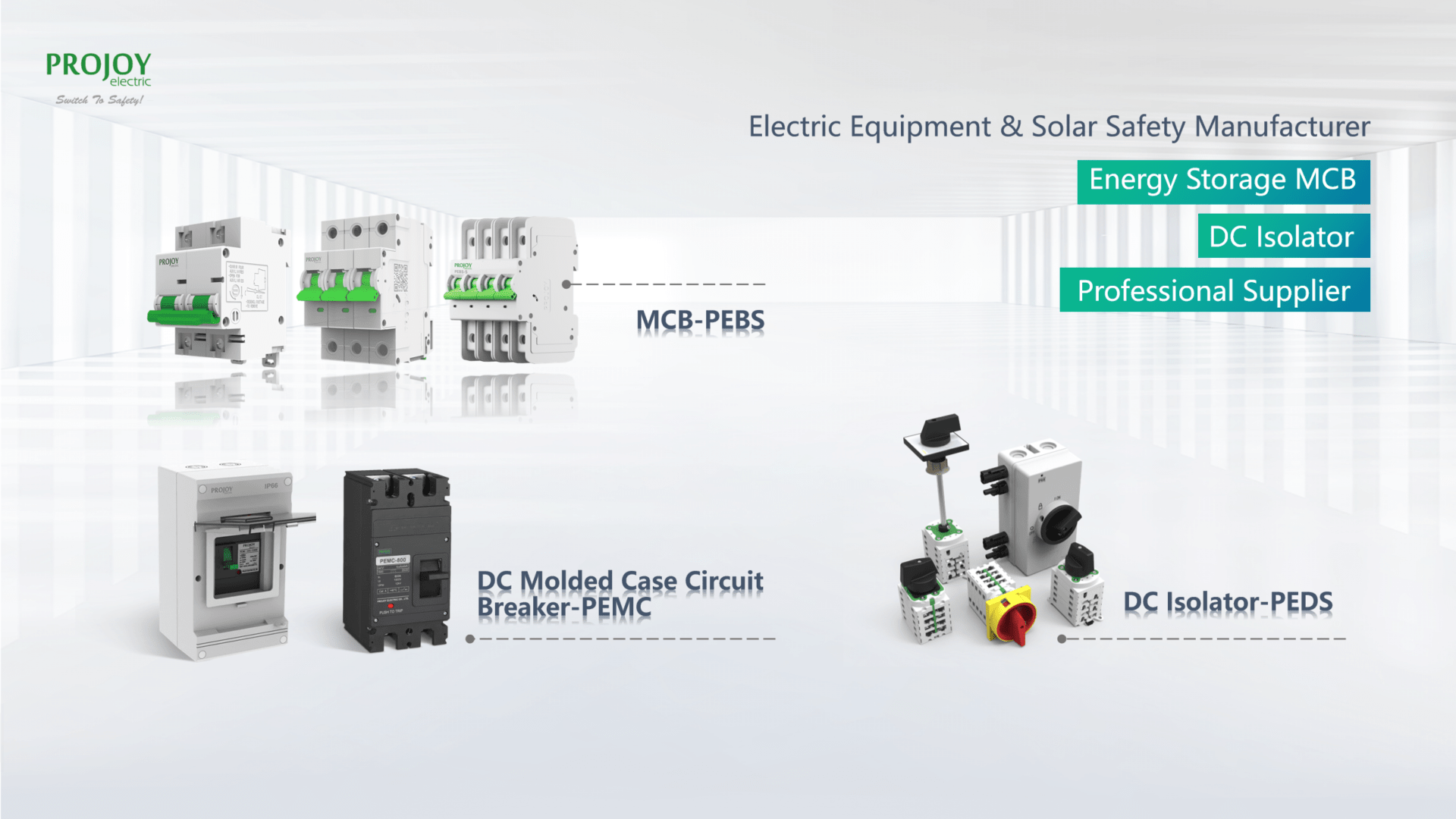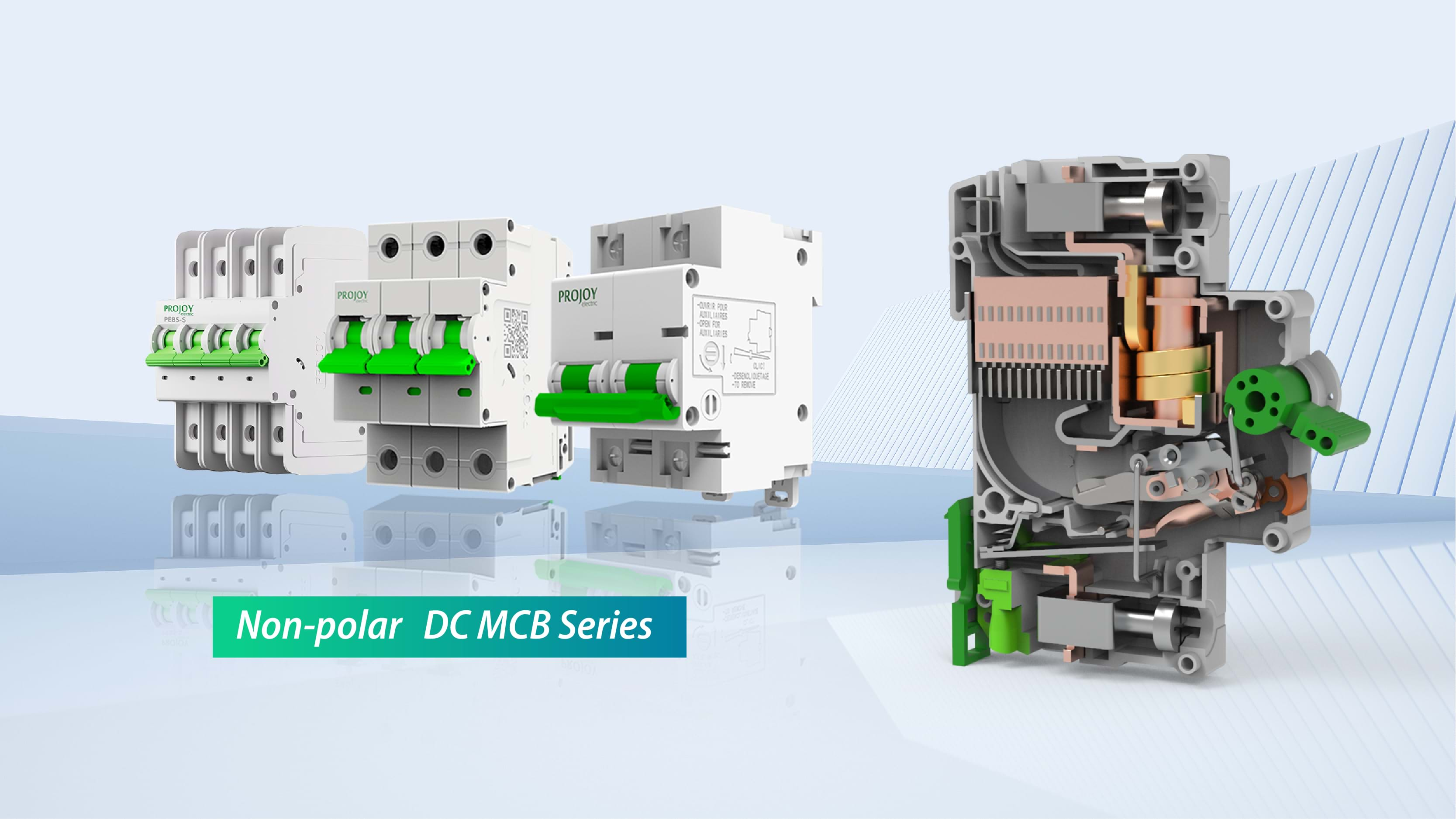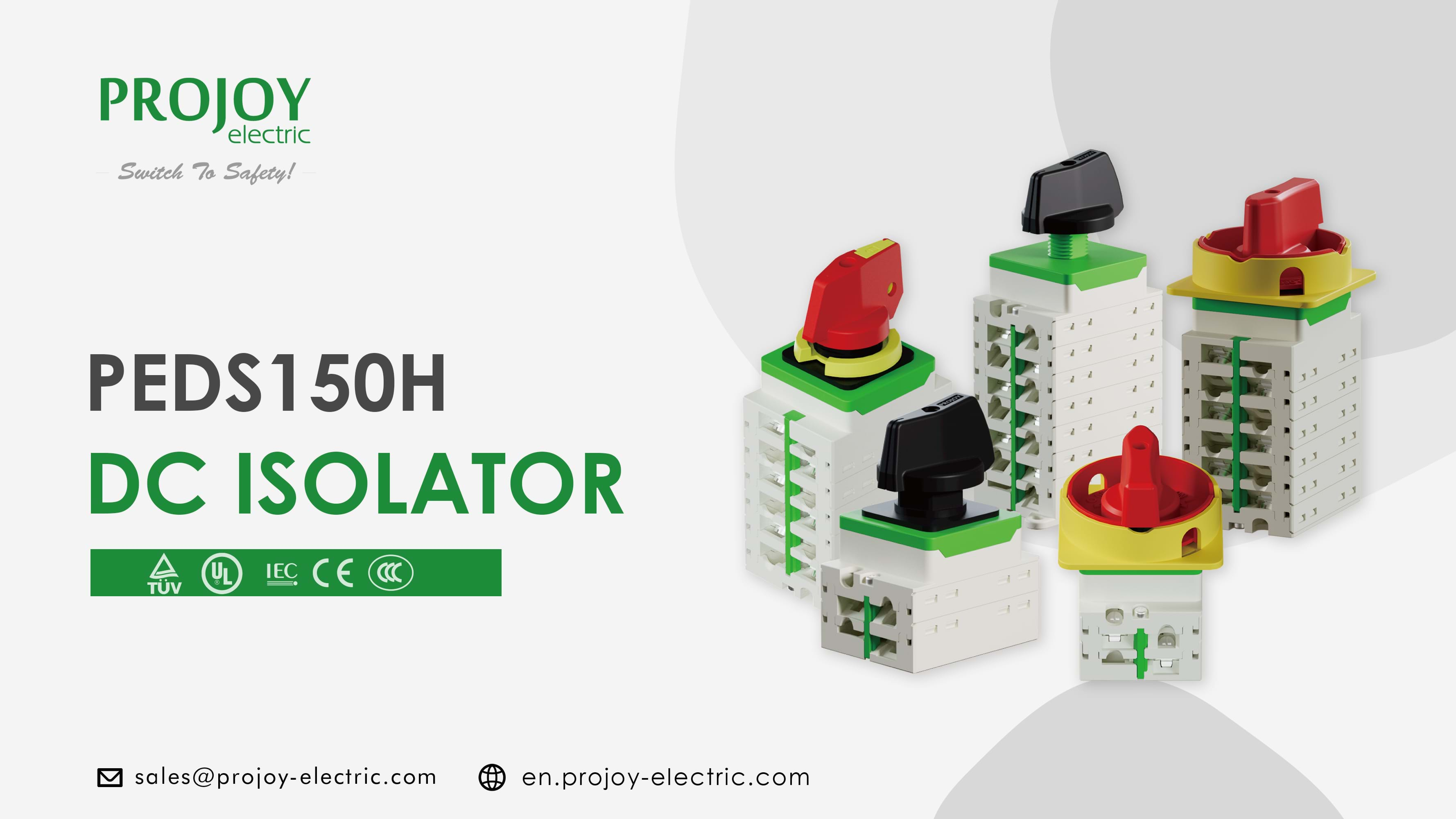Circuit Breaker and Isolator: The Differences and Selection Analysis
Date: 2023-11-28Isolating switch, circuit breaker and molded case circuit breaker are three basic electrical components in solar energy storage systems. In actual practice, which one is best to choose in certain application may be an issue to users. This article will explain the differences between each of them, and clarify that how to make the right decision for your system use.

Circuit Breaker Principle
Circuit breaker refers to a mechanical switching appliance that connects, carries, and breaks current under normal circuit conditions. It can also connect, carry, and break current for a certain period of time under specified abnormal circuit conditions. It has short circuit and overload capabilities. In general, there is no need to change parts after breaking the fault current, Thus, it is can be widely used in various scenarios.
A low voltage circuit breaker is suitable for circuits rated at 600 volts or less. The most commonly used low-voltage circuit breaker is a molded case circuit breaker. In addition to the advantages of overload and short circuit, the most powerful function of the low-voltage circuit breaker is its arc extinguishing ability. The non-polar miniature circuit breaker shortens the arc jump distance and reduces the arc by changing the opening distance between the moving and static contacts. When jumping the arc striking plate and entering the arc extinguishing chamber, the arc is dragged into the arc extinguishing chamber through magnetic blow-out. The arc extinguishing chamber cuts the arc into small arcs, thereby increasing the arc voltage and cutting off the arc.

Isolator Principle
The isolating switch is mainly used to isolate power, connect and cut off small current circuits. As a wire protective device, it can be used for safe circuit breaking of multiple string control wires. It can close and cut off under no-load conditions. By disconnecting the equipment and the powers supply, it ensures the safety of maintenance personnel.

Comparison Between Circuit Breaker and Isolator
Similarities:
Both products have the function of isolating and cutting off the DC side circuit.
Differences:
Structurally, Projoy isolator are up to 10 layers, which can connect positive and negative circuits of 5 strings, meeting the synchronous operation of multiple strings of photovoltaic DC channels. In contrast, circuit breakers can only protect one string under DC1000V. Thus, when applying to PV modules and inverter, the isolator is more popular because of its small size, more compact structure, and relatively lower cost.
However, the isolator can only be used as a on and off switch, while the circuit breaker is also able to protect the overload and short circuit. In addition to that, the circuit breaker can achieve remote operation and get feedback of signals. Therefore, when applying to energy storage, the circuit breaker is more popular.
The above analysis aims to show the advantages of each product from their structures and performances. Based on the clients’ needs, Projoy can suggest and provide customized services.